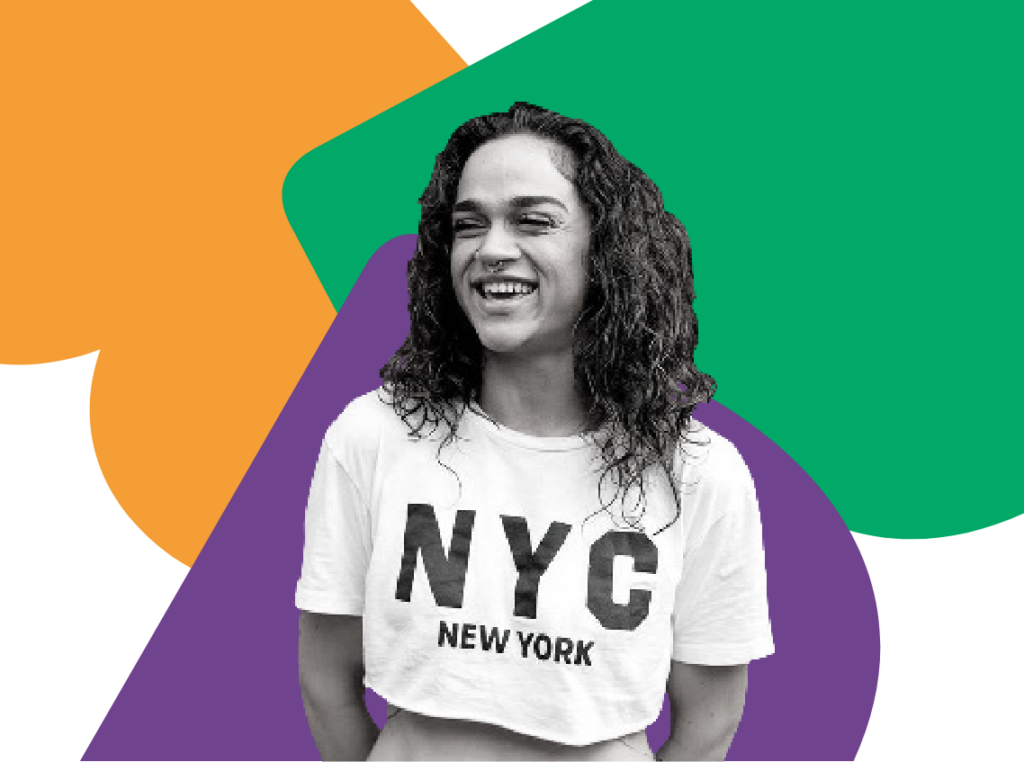Share
Bradford is one of the most diverse places in the UK. It is a city district with a mix of different ethnicities, cultures and nationalities. It has a significant Muslim population and is home to a number of mosques, temples and other religious institutions. Additionally, Bradford has a diverse age structure, with a mix of young and older residents, and a relatively high proportion of people aged under 25.
Overall, Bradford is a highly diverse district, reflecting the unique ethnic, religious and socio-economic backgrounds of its residents. It has a balanced gender ratio, a diverse age structure, a slightly higher than average proportion of residents who identify as disabled, and a young population.
Bradford is one of the most diverse places in the UK. It is a city district with a mix of different ethnicities, cultures and nationalities.
It has a significant Muslim population and is home to a number of mosques, temples and other religious institutions. Additionally, Bradford has a diverse age structure, with a mix of young and older residents, and a relatively high proportion of people aged under 25.
Next: Ethnicity
